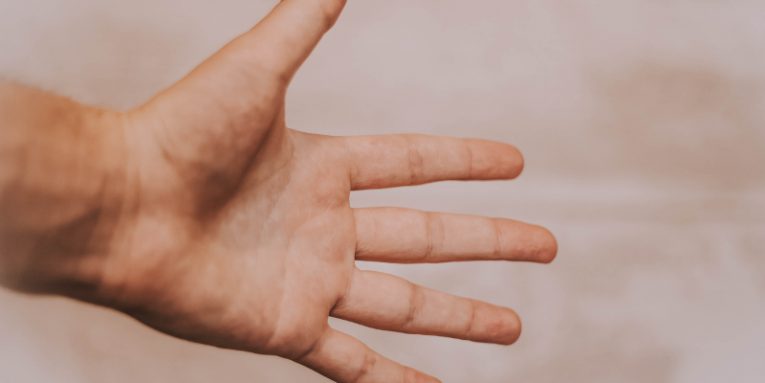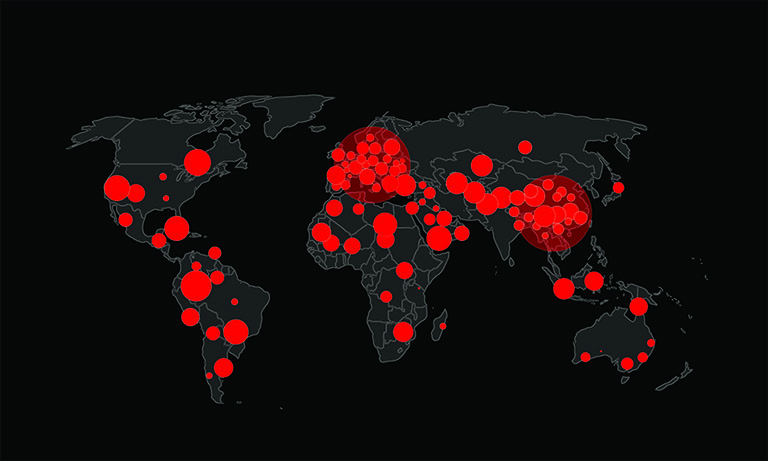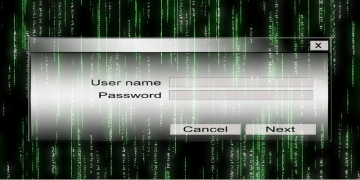Hitachi Wants to Replace Passwords with Hand Gestures

We all know that the traditional username-and-password authentication system is riddled with faults, and biometrics seems like the most obvious alternative. Unlike passwords, fingerprints and facial features are unique, and they can't be guessed or shared. At the same time, when biometrics is used, the authentication process offers much less friction, and users are pretty happy about this. Unfortunately, the biometric authentication systems we've grown used to over the last few years have a few problems of their own.
For one, they all rely either on dedicated sensors or on special cameras which can be expensive. From a security standpoint, they are not exactly perfect, either. Fingerprints can be stolen and replicated with relative ease, and even the smartest facial recognition systems can be fooled. Vendors know this, and they are constantly looking for a more secure, yet just as convenient biometric authentication system. Japanese technology colossus Hitachi reckons it's got the answer.
Table of Contents
Vein patterns as a means of authentication
A while ago, scientists discovered that the exact position of the blood vessels just beneath the skin on your fingers is completely unique to you, and Hitachi's experts have realized that this can be used for proving that you are who you say you are.
The idea isn't actually new. In fact, Hitachi patented the vein pattern authentication system some fifteen years ago, and in May 2018, British bank Barclays started offering it as an alternative to the traditional PINs and passwords. But what are the advantages of this technology compared to the more conventional biometric systems?
Well, Hitachi's experts say that it's next to impossible to recreate a vein pattern accurately and that even if you somehow manage to do it, you'll need to ensure that blood is running through the vessels. In other words, you need to recreate what is basically a hand connected to a living body in order to successfully fool the system, which is a lot more complicated than copying a fingerprint. So, vein pattern authentication seems to be more secure than the rest of the biometrics-based alternatives. Where's the catch, then?
Well, the solutions Hitachi has offered so far are all centered around a special device that uses a tiny infrared LED and a camera that scans your vein patterns. In other words, there is additional hardware which presents additional cost. That's never good news.
Now, though, Hitachi reckons that it has solved the problem.
Vein pattern authentication with your smartphone camera
For a while now, finding a way of using the technology without the need for additional scanners and cameras has been a challenge for Hitachi's Research & Development people. In 2018, they published a paper which suggested that it can be done in theory. Right now, they say that the technology is all but ready to be released to users all around the world.
Vein pattern authentication using a visible-light camera was first shown to the public no more than a few days ago, but before that, Forbes contributor Davey Winder got to test it.
Hitachi calls it "hand gesture authentication" because the only thing you need to do to unlock your device is a high-five type wave while the camera on your device is pointing towards your hand. Without the need for any infrared light, the system will take a picture, remove the background, and scan the vein patterns on your fingers. The data will go through Hitachi's proprietary encryption mechanisms, and the authentication will be successful if the patterns match.
Hitachi insists that this is an all-software solution which means that people will be able to use it without changing their devices. What's more, the Japanese company says that thanks to the encryption mechanisms, the data can be securely stored in the cloud, meaning that hand gesture authentication can be used for online accounts as well. For the next few months, Hitachi will continue to test and refine the technology and will start commercial sales in 2020.
Will hand gesture authentication replace passwords?
Although fingerprint and facial recognition is now available even on cheaper devices, these authentication systems haven't really replaced the good old password completely. Can Hitachi's hand gesture technology be more successful?
This is for time to tell. The lack of additional hardware is a definite advantage, but it doesn't necessarily mean that hand gesture authentication will take the world by storm. In fact, even if the adoption rates turn out to be good, the technology will be put through quite a few tests by well- and ill-intended hackers. Failing even one of these tests could spell the end for Hitachi's much-praised system.
In other words, although the vein pattern authentication technology sounds interesting, it's still too early to hail it as the "replacement for passwords".








